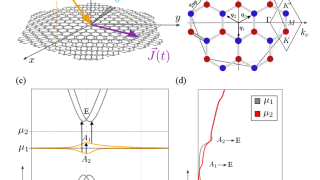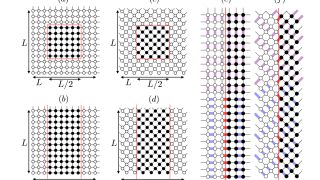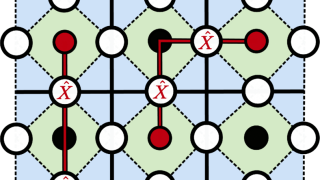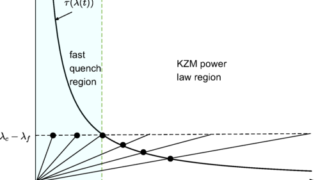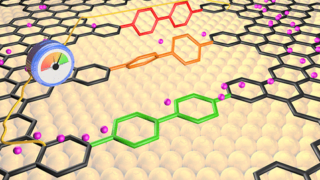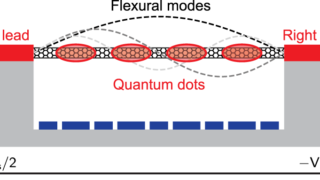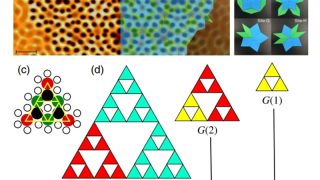
Quantum worlds from scratch: Synthetic matter in nonstandard geometries
Quantum simulation, a concept that once seemed like science fiction, is now revolutionizing the way physicists study the quantum world. The idea, famously suggested by Richard Feynman in the 1980s, is to use a controllable quantum system to mimic the behaviour of another system that is too complex to study directly. Over time, researchers have […]
